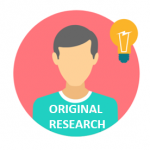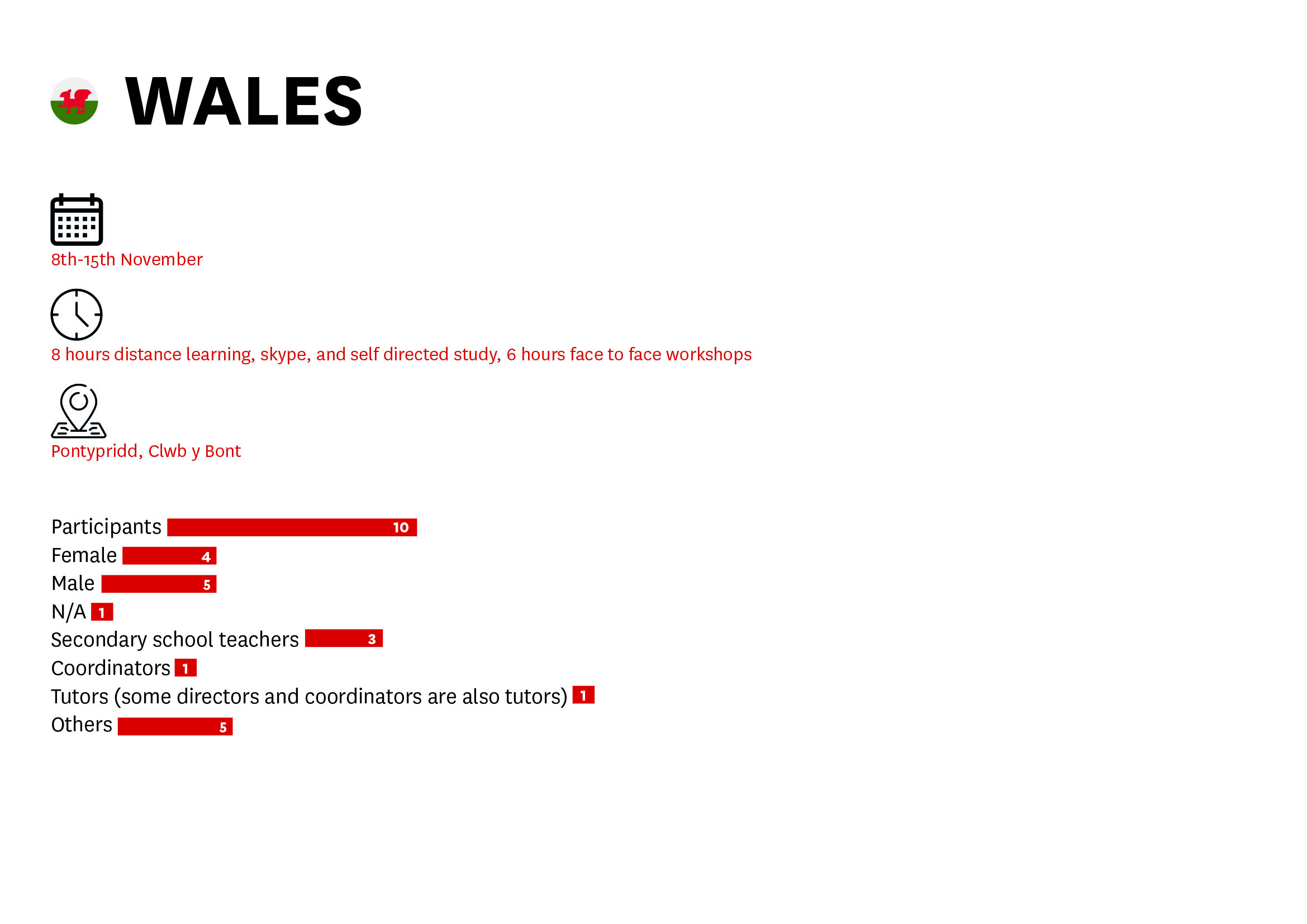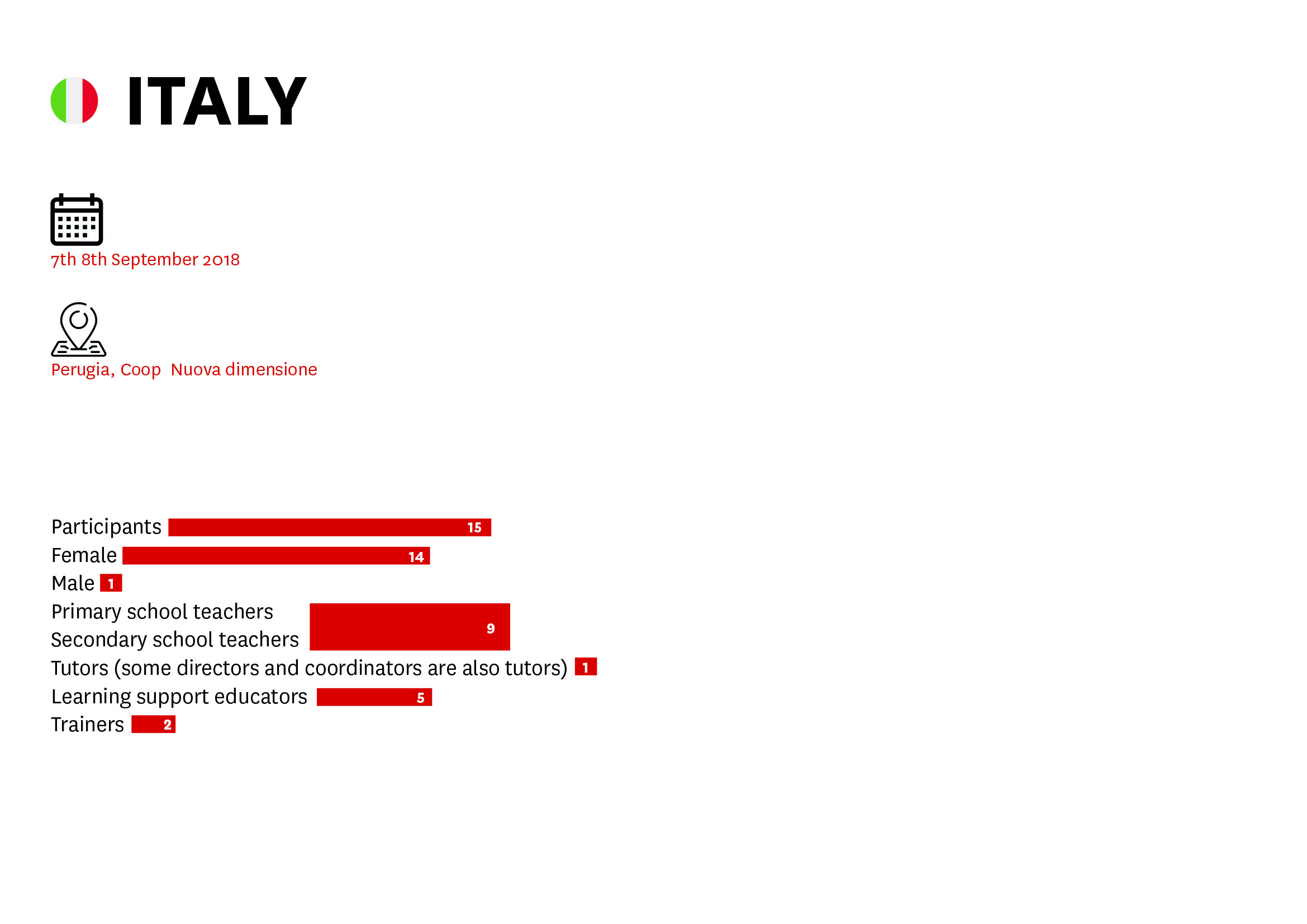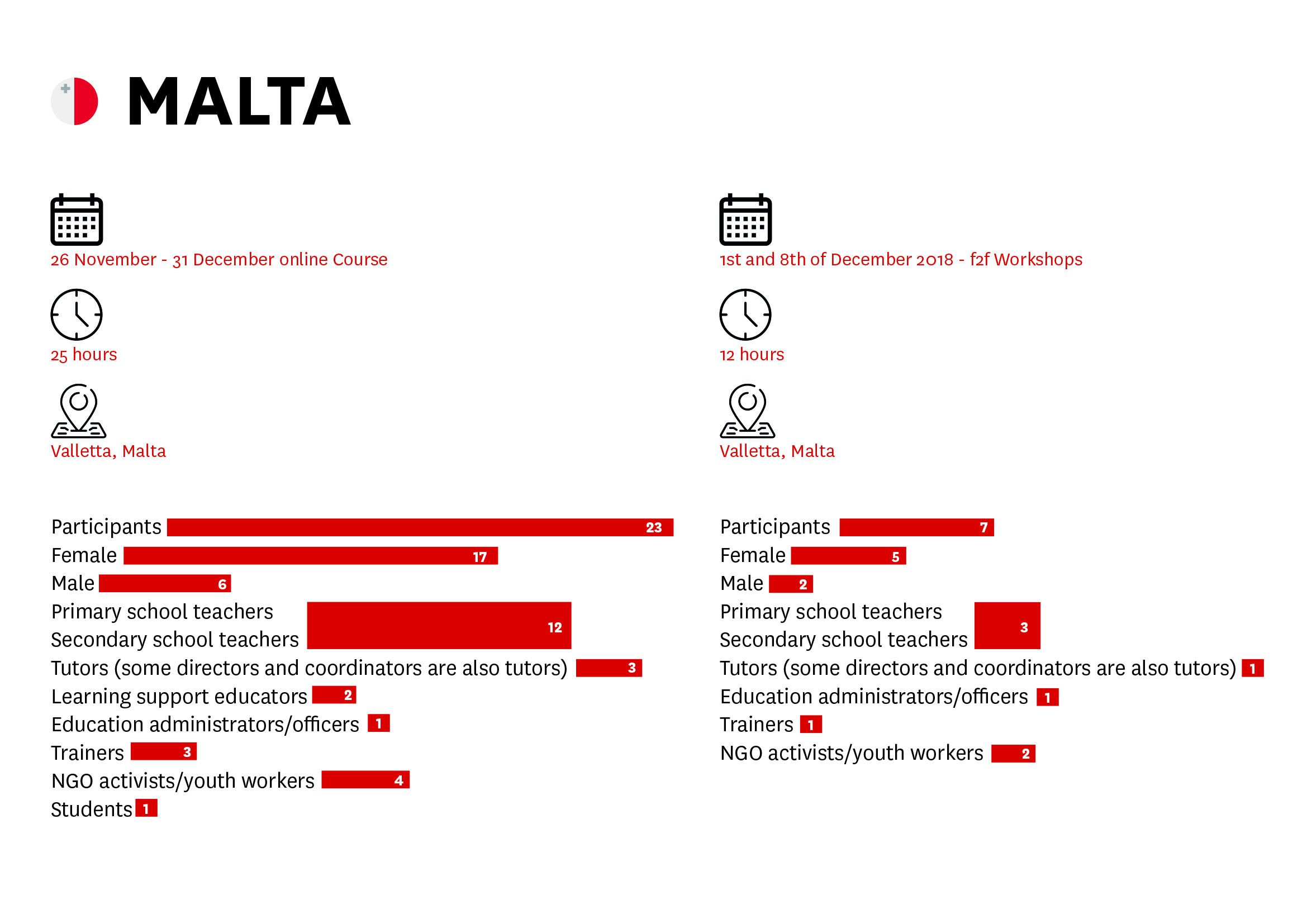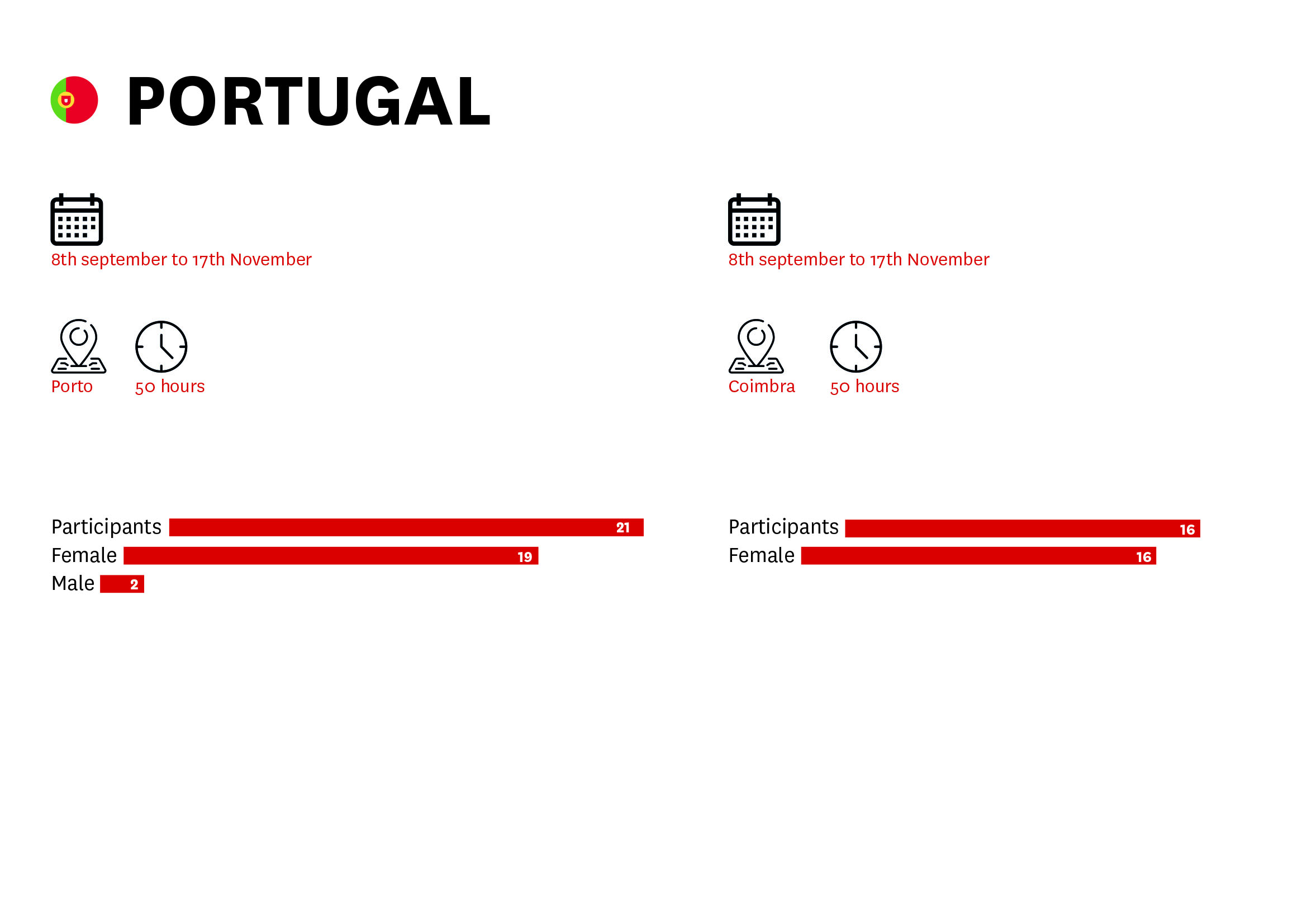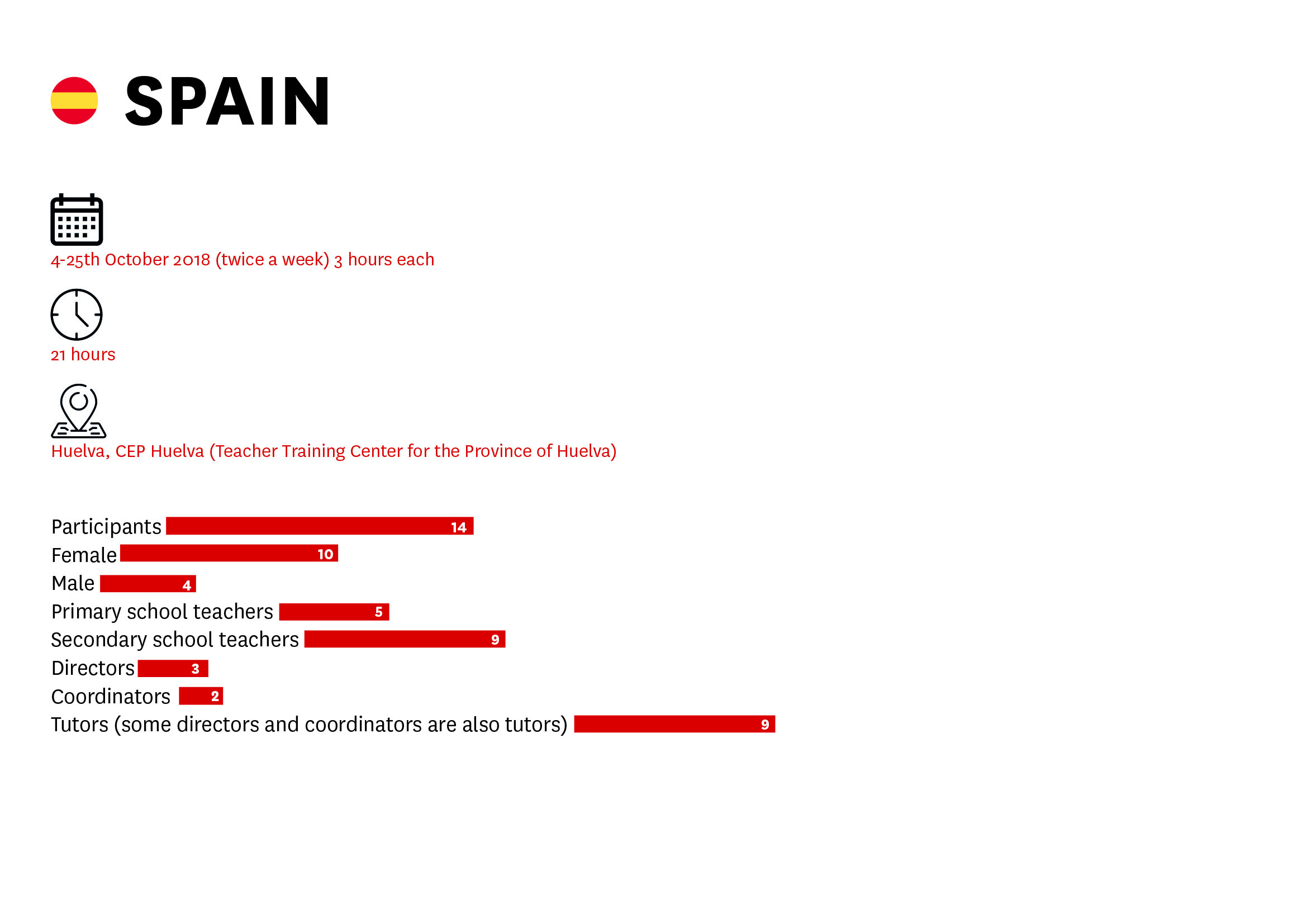Media literacy plays a decisive role in promoting active and responsible citizenship in democratic societies. Its inclusion in the educational sphere is essential to promote the free expression of citizens, strengthen social communication in multiple contexts and form critical minds capable of analyzing and evaluating different media products.
Citizens need to be able to assess the meaning and intentionality of each piece of information as a whole
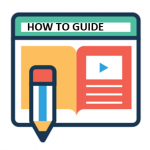
This video describes the characteristics of deceptive language to aid in the interpretation of misleading messages.
This document provides a detailed guide on how to decode media content in a classroom context, it is geared towards older learners but could be easily adapted to the younger learner classroom.
Consumers must develop Media Literacy skills to interpret the aesthetics and layout of each of the elements that make up the media product.

This guide explores visual literacy in the context of texts and their accompanying graphics, as well as graphic organizers, charts and other ways in which information is organized. it is detailed and practical.
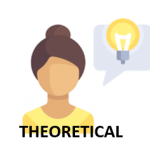
This article explores the importance of teaching visual literacy to children and its role in the context of a skill-based framework.
To promote knowledge of the main functions of the production agents and the different stages in the elaboration of messages in different formats.

This is a collection of «how to» guides for the production of media content in the internet age, it is user friendly and applicable to the classroom context.
The following materials reflect on the internet usage habits of prosumers and their interaction with the media.

This article describes the importance of media literacy to foster competent prosumers, it also describes prosumer habits.

This article provides a chronological study of young people born in the digital era from the theoretical perspective explaining how prosumers emerged.
Online resources, multimedia and statistical data from UNESCO
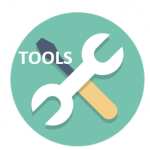
MIL CLICKS is a way for people to acquire media and information literacy (MIL) competencies in their normal day-to-day use of the Internet and social media and to engage peer education in an atmosphere of browsing, playing, connecting, sharing, and socializing.
The digital divide can make training in media literacy and technology inclusion in different geographical contexts more difficult.
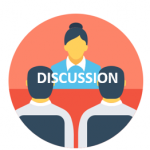
TED Talk about the digital divide including data about worldwide access to the Internet, exclusion of minorities and certain geographical regions as well as other challenges. He discusses solutions and challenges.
One of the main functions of media literacy is to build the critical capacity of citizens to reflect on their media diet and ask themselves the whys and wherefores. Considering this context, citizens must learn to judge the value of each piece of information, filter the data they receive and compare the sources of information.
Citizens must be aware of the policies for the production and dissemination of information through various networks and of fundamental rights.
Misinformation is a trend in the information sphere. Training citizens in media literacy will enable them to detect the reliability of news and to use effective information search mechanisms.
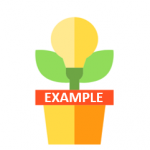
This is a lesson about the challenges citizens encounter when faced with information, it tackles bias and misinformation as well as information overload and the blurred lines between advertisement, journalism and entertainment.
The ethical principles of the profession serve as a guide for improving behavior and integrity through the defense of truth and truthfulness.

This is a periodical publication and this issue is devoted to the discussion of ethics in journalism and the new challenges facing the media

This article explores big data and the potential for algorithms to produce racist outcomes.
Through different information search engines, repositories, training platforms and online tools, information can be collected for later use, studies and dissemination.
Through the different tools, students will be able to create new materials using different multimedia environments, establish advanced searches in specialized portals, design resources, produce multimedia materials and transmit messages through different environments and networks.

This is a step by step guide for making videos, it is comprehensive and very easy to follow.

Another great resource for teachers who want to learn about digital media production, resources and step by step guides.
Online learning spaces serve to enhance the links between students, teachers and learning itself. This is the case of cMOOCs (collaborative MOOCs), wikis, Personal Learning Environments (PLE), Interactive Whiteboard (PDI), mobile learning, gamma techniques, etc. These platforms allow them to foster a participatory culture through teamwork.

This lesson plan offers a way to sensitize students to the concept of collective intelligence, online and offline, and discusses benefits and drawbacks of working as a team to create new information or products.
Media has a great influence on children. For this reason, it is necessary to train the younger generations to be media competent and to regulate their consumption and use of information.

This article considers how recent research on children and media relates to public policy, and specifically to current debates about media regulation in the UK.
ICT (Information and Communication Technologies) offer the possibility of improving teacher-content interaction with students through their use. Their inclusion in the classroom must be accompanied by pedagogical practices that favour the learning process, so that the potential of technology is at the service of efficient and innovative educational methodologies.

Video (English) showing how technology can be used to assist people with disabilities and providing tips for inclusion and accessibility.
Today it is necessary for teachers to be equipped with active teaching and learning methods to attract the interest of students. For this reason, ICTs must avoid their instrumental purpose and be accompanied by pedagogical practices that allow students to build their own learning through different resources and multimedia environments.

This article explores the value and limitations of the notion of ‘literacy’. The article concludes by arguing that digital literacy needs to be seen as part of a broader reconceptualisation of literacy, and of the use of technology in education.

A toolkit (In Italian) to comprehend and exploit media in education- Toolkit resulting from funded project «Digital and Media Literacy in education»

Lessons for Media Literacy: teaching media literacy, with examples.
Media literacy helps educators avoid academic dishonesty by giving students and teachers the tools to find and choose reliable sources and cite them effectively.

This article explores the reasons why students cheat, the way technology can facilitate dishonesty and strategies to avoid these practices in the classroom.
